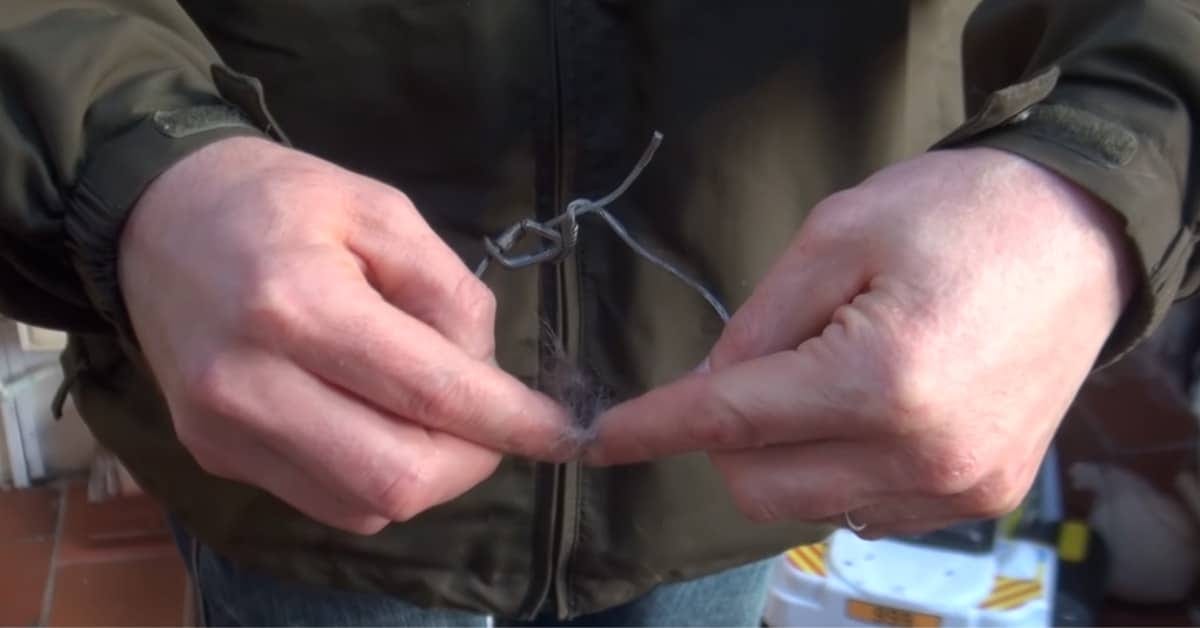York: Fox fatally injured in illegal snare
The RSPCA is appealing for information following the discovery of a fox caught in a snare in York. And it's a grim reminder that these "awful" devices are everywhere.
A number of news reports said the young fox was discovered in a hedgerow near Rye Walk, in the north-west of the city. Following his discovery, the fox was taken to the RSPCA’s York Animal Home where staff found serious injuries to the creature’s mid-section. According to York Press, a vet later determined that the injuries were so severe that it was better to put him to sleep.
The fox was found on 18 January, caught in a self-locking snare that was staked into the ground. His injuries were inflicted as the fox attempted to escape the snare, pulling the wire tighter around his body. The Wildlife and Countryside Act 1981 made this type of snare illegal although, as the Game and Wildlife Conservation Trust is keen to point out, there is no legal definition of what constitutes a self-locking snare. Nonetheless, self-locking snares remain in use throughout the UK.
Menace to society
Earlier this month, Dorset Echo reported that a man in Wyke Regis found a dead fox attached to his garden fence by a snare. The self-locking device was wrapped and tightened around the fox’s neck. In 2017, the RSPCA issued a public warning over self-locking snares after a badger was found caught in one in Wymondham, Norfolk. The badger had suffered a deep cut to their abdomen and a broken leg, and as a result was put to sleep. And in 2016, an East Lothian man was convicted after setting and resetting 47 self-locking snares along a livestock fence.

Self-locking snare that trapped Monty the cat, via Shropshire Star/YouTube.
The York, Dorset and Norfolk cases show that these snares can be found close to urban residential areas. This has led to the RSPCA repeatedly voicing concerns about the possibility of domestic animals getting caught in such “awful” devices. Indeed, in 2016, news outlets reported on a self-locking snare trapping Monty the cat for several days. Fortunately, Monty survived. In the case of the York fox, the pole anchoring the snare to the ground shows it was intentionally set to kill. But the reality is that any creature could have been the first through its loop.
So-called free-running snares remain legal in the UK. While, as noted above, there is no legal definition of the difference between the two, a free-running snare should loosen when a trapped animal stops struggling. These are usually used by gamekeepers and meant to trap foxes, but numerous expert estimates suggest up to 70% of animals caught by snares are not the intended targets. And that’s just for legal snares.
All snares are horrific. But illegal and home-made snares remain a particular menace across the UK more than 30 years after their prohibition.
Read more about snares on Protect the Wild’s information page. Learn how to spot snares at the National Anti-Snaring Campaign website.



